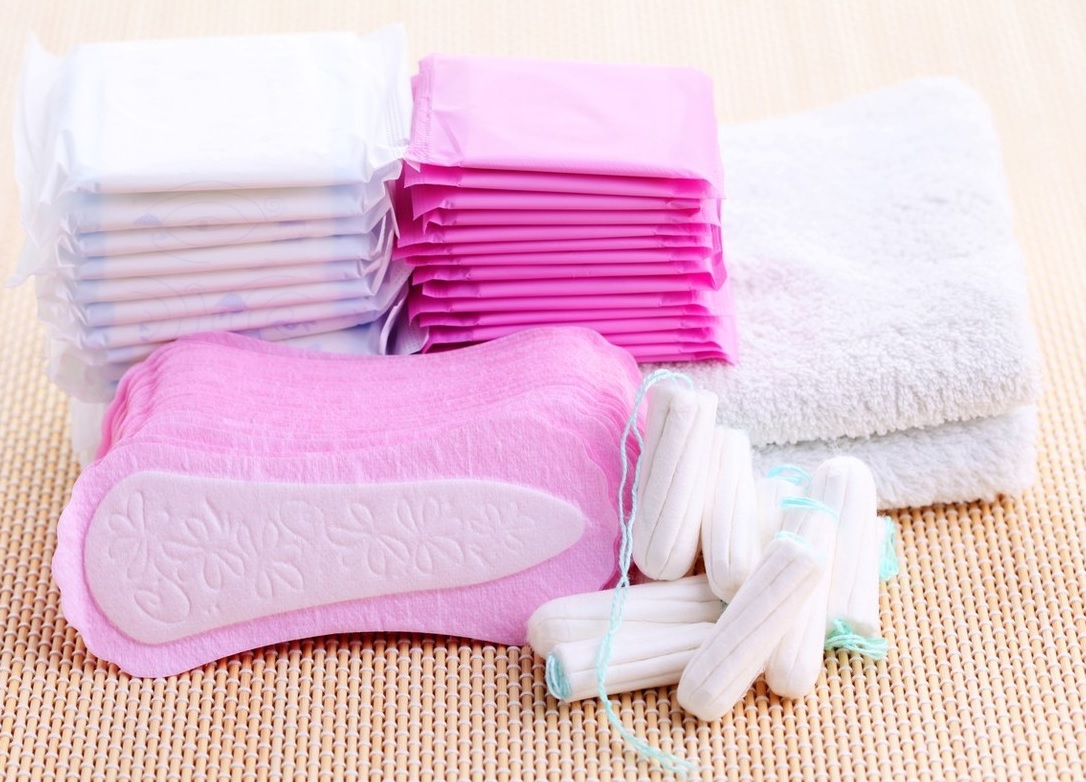Chaturvedi is a Bangladeshi born ENT surgeon (ear, nose and throat), like no other. He takes the phrase ‘laughter is the best medicine’ seriously and aside from his work as a medical doctor he is a stand-up comic, finding humour in the little things around us that make up modern day life, becoming popular through his YouTube channel.
On top of this, before he even graduated from St. John’s Medical College, Bangalore in 2011 he invented his first medical device. Since then, the entrepreneurial ‘funny doc’ has invented or co-invented an impressive 18 affordable devices to help address inefficiencies and unmet needs he’s observed in the Indian healthcare system.
Six of his inventions/co-inventions have already gone to market, but here are three that are commercialised/licensed out to Indian MedTech companies:
The device that gets stuff out of kids noses

We’ve all been there, right? Or at least have heard a story of a curious child shoving some obscure object into their little nostril that has ended up lodged, becoming further stuck with every attempt to remove it. According to Chaturvedi, approx. 38 million children have impacted nasal foreign bodies every year. More than 80% of these children undergo failed attempts of removal by general practitioners and paediatricians due to the lack of a simple and easy to use tool. The removal then needs to be performed under general anaesthesia which is costly and best avoided where possible.
Well, Chaturvedi to the rescue — the Nasal foreign body extractor (Noxeno) will get that piece of lego out, no problem.
A safer way to extract fluid from the lung

When excess pleural fluid (water on the lungs) occurs, patients must undergo an unpleasant process that involves a clinician using a large IV needle to extract it but Chatuverdi noticed that this process is not standardised.
Use of non-standardised sharp needles for evacuation of pleural fluid without adequate stabilization can lead to injury to the lungs and cause a pneumothorax (a collapsed lung).
Chaturvedi’s Thoracocentesis device (Thorashield) is a safer, disposable device for lung fluid extraction.
Helping newborns take their first breaths

Birth asphyxia is the fifth largest cause of under-5 child deaths (8.5%), after pneumonia, diarrhoea, neonatal infections and complications of pre-term birth. Each year more than 400,000 babies with Respiratory Distress Syndrome (RDS) are born in India, the majority of them at non-tertiary care settings and about 162,000 babies with RDS die during transport to a neonatal intensive care unit NICU. If adequate pressure is not maintained within the lungs it leads to lung collapse. The Mechanical CPAP (continuous positive airway pressure) device (Saans) is an electricity independent, purely mechanical, low-skill, neonatal CPAP device, to maintain respiration and oxygenation in premature neonates. It is the first neonatal CPAP device that can be powered in multiple ways — through batteries, compressed gases, an ambulance’s DC electrical supply, as well as manually. This ensures reliable CPAP for the newborn in all transport settings with minimal skill.
Besides all of the impressive feats mentioned above, he also launched a platform to connect Indian doctors with those working in the innovation industry and is the author of several books including Inventing Medical Devices — A Perspective From India and The Benefits of Failing Successfully.
Of his committed track-record in finding solutions to health problems with medical devices he says “Bringing tech to the system becomes easier when you’re part of it — My products are not looked at through the eyes of a corporate, they’re created from a doctor’s perspective, from within.”


